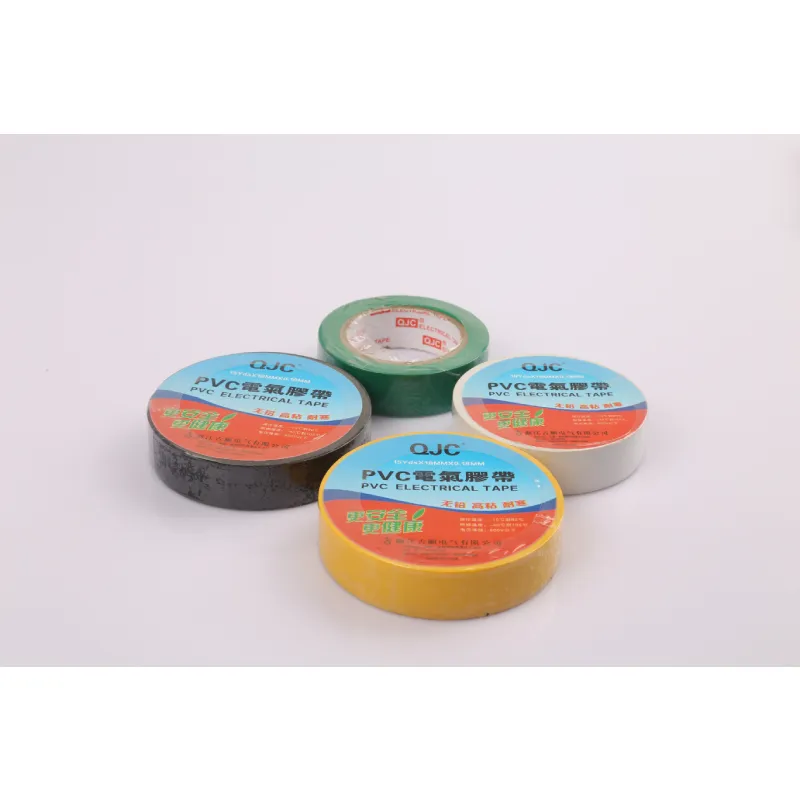Understanding Floor Marking Tape Specifications
Floor marking tape is an essential tool used in various industries to promote safety, organization, and efficiency. It serves a wide range of purposes, from delineating walkways and work zones to providing visual cues for safety and hazardous areas. Understanding the specifications of floor marking tape is crucial for selecting the right type for your needs.
Types of Floor Marking Tape
Floor marking tape comes in various materials, including vinyl, PVC, and rubber. Each material has its own unique properties
1. Vinyl Tape This is the most common type and is known for its durability and flexibility. It can conform to different surface shapes and is resistant to chemicals and abrasions. 2. PVC Tape Polyvinyl chloride (PVC) tape is robust and provides excellent resistance to environmental factors. It is ideal for both indoor and outdoor use, making it suitable for warehouses and factories.
3. Rubber Tape This type is highly resistant to wear and tear, making it a great choice for high-traffic areas. Rubber tape also adheres well to surfaces, ensuring longevity.
Adhesive Properties
The adhesive quality of floor marking tape is a vital specification. High-quality tapes use a strong adhesive that ensures the tape sticks securely to the floor, minimizing the risk of peeling or lifting due to foot traffic or equipment movement. It’s important to choose a tape that is compatible with the floor surface, whether it's concrete, wood, or tile.
Width and Thickness
floor marking tape specification

Floor marking tape is available in various widths, typically ranging from 1 inch to 6 inches. The choice of width depends on visibility needs and the specific applications within your facility. Additionally, the thickness of the tape is crucial as it affects durability and longevity. A thicker tape generally withstands more wear, making it a better choice for high-traffic areas.
Color and Visibility
Colors are a key aspect of floor marking tape specifications. Different colors convey specific meanings; for example, yellow often indicates caution, while red may signify a hazard. High-visibility colors are essential for ensuring that employees and visitors can easily recognize markings, even in low-light conditions.
Temperature Resistance
Another crucial specification is temperature resistance. Depending on the environment in which the tape will be used, it may need to withstand a range of temperatures. Tapes specifically designed for extreme heat or cold will maintain their adhesion and performance, ensuring safety and compliance.
Application and Removal
Ease of application is another factor to consider. High-quality floor marking tape can be applied without the need for special tools, allowing for quick installation. Similarly, consideration should be given to how easy it is to remove. Some tapes leave behind residue, while others can be peeled off cleanly.
Conclusion
Investing in the right floor marking tape based on its specifications is vital for ensuring safety and efficiency in any environment. From material type and adhesive strength to colors and temperature resistance, understanding these factors will help you make informed decisions that enhance workplace organization and safety standards. When used effectively, floor marking tape can significantly improve workflow and reduce accidents, contributing to a safer workplace.
-
XIANGFAN Rubber Tape-Ultimate Solutions for All Your Insulation NeedsNewsJun.24,2025
-
XIANGFAN Rubber Tape-Protection for Industrial and Residential ApplicationsNewsJun.24,2025
-
XIANGFAN Rubber Tape: Superior Safety and Sealing for Demanding EnvironmentsNewsJun.24,2025
-
XIANGFAN Rubber Tape: Reliable Solutions for Every Electrical ChallengeNewsJun.24,2025
-
XIANGFAN Electrical & Industrial Tape: Powering Reliability Across IndustriesNewsJun.24,2025
-
XIANGFAN Electrical & Industrial Tape: Excellence in Every ApplicationNewsJun.24,2025
